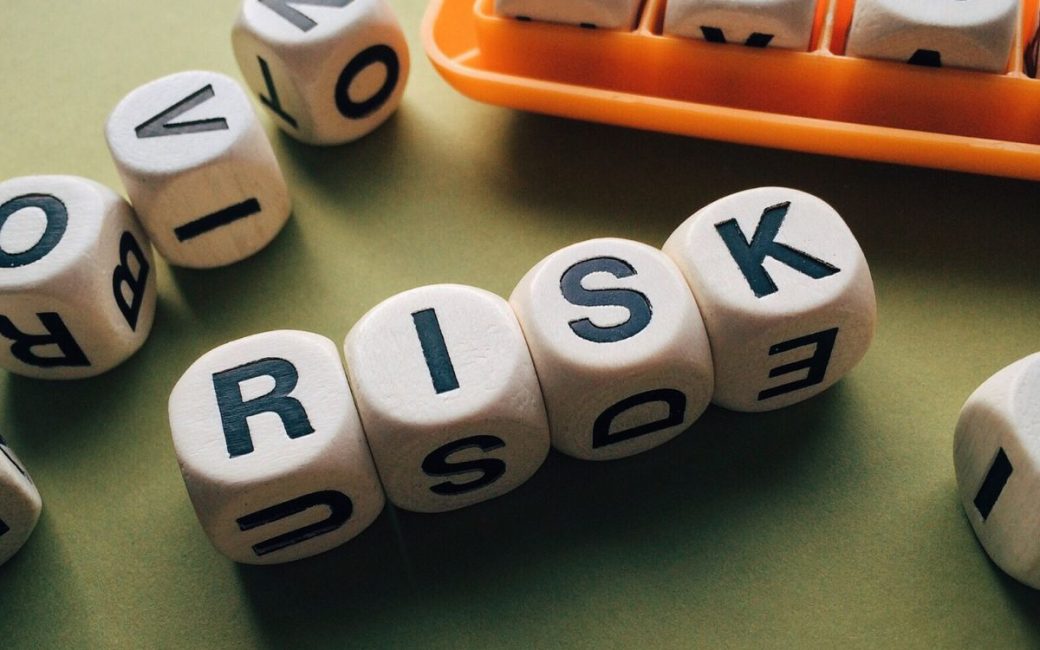Top 3 Basic Techniques of Risk Management
Risk management is an essential part for every successful business. This is the procedure of detecting possible risks, analyzing them, monitoring them and finally taking the preventive steps to tackle them. So, if you follow a useful risk management strategy, you can overcome many undesirable and critical conditions like data loss, security breaches, system failures, and so on of your trade.
There are mainly three basic techniques of management. They are:
- Risk Assessment
- Risk Response
- Constant Monitoring
In this article, we would like to cover the mentioned three-basic techniques of risk management so that you can get proper guidelines from this article and handle your business more smoothly.
Three Basic Risk Management Techniques
Risk Assessment
Risk assessment is the first basic step or technique in the risk management process. It denotes the method of pinpointing the possible risks and vulnerabilities that your business organization may face. Through this strategy, you can also assess the damages to your organization if any accident occurs. People who have been trading bonds for a long time, knows the importance of risk assessment. To get more info about bond trading business, you can visit the website of Saxo.
You may know that risk assessment or risk measurement are mainly two kinds such as –
- Quantitative risk assessment
- Qualitative risk assessment
A quantitative risk assessment (QRA) is a conventional and systematic methodology that you can apply to estimate the probability and results of any dangerous events, while you conduct any business. In this approach, real numbers are used to assess the risks and possible losses. In addition to this, here menace or threat is calculated through the percentage of the probability of incidents and also the dollar worth of any consequent damages.
On the other hand, a qualitative risk assessment is the system of measuring risks and potential damages using outline and rating systems like high, medium, and low. It is more scientific and data-intensive method than the quantitative risk assessment.
Yet, we can say that the aim of both quantitative risk assessment and qualitative risk assessment is same. So, you can choose any of them according to your requirements.
Risk Response
Risk response is the second basic technique or tactic for a risk maintenance policy. This step indicates which way a business can choose to response to its recognized risks. Usually, administrators take decisions about setting the risk responses. They determine how to treat risks according to the numerical intensity of the risk.
There are four sub-divisions of risk responses. They are:
- Avoidance
- Mitigation
- Transfer
- Acceptance
Avoidance: In this case, the business authority avoids the risk to some extent or completely.
Mitigation: The organization employs this method to decrease the negative effects of risks.
Transfer: In this type of risk response, the association passes their risk onto another unit.
For example, buying insurance is a common way to transfer risk factors.
Acceptance: This process refers that the traders take no measures to counter a probable risk deliberately. An organization may pursue this strategy when the cost of mitigating or transferring is prohibitive.
Continuous Monitoring
Continuous monitoring or following up is the final stage of a risk management technique. This method denotes the activities of assessing and addressing the threats to an organization continuously. This observing technique is vital because it can make sure you that there is no fault. So, the risk will not be widespread.
As, everything including technology, business conditions and operating ia changing rapidly, hence nature of risking elements are also altering. Therefore, it would be best if you be conscious about revising your risk management policy.
Conclusion
The mentioned procedures are the most recognized three basic risk management techniques. If you follow or maintain those fruitful steps, it will help you immensely to identify the biggest threats for your trade. Ultimately, you can be cautious and take necessary measures for managing risks.
Moreover, the important point is that risk maintenance is a continuous process. Therefore, you must focus on your policy of risk management to modify it every year and ensure its relevancy and novelty.

